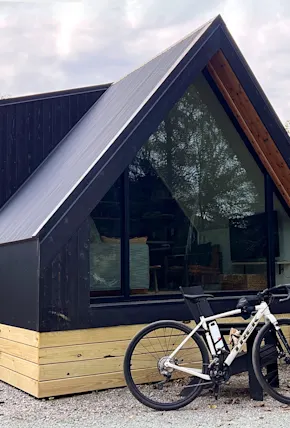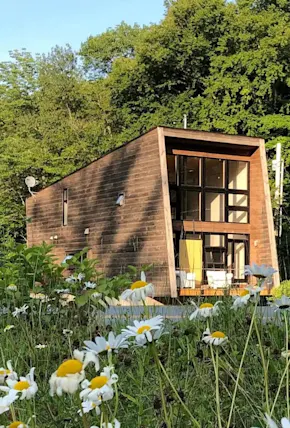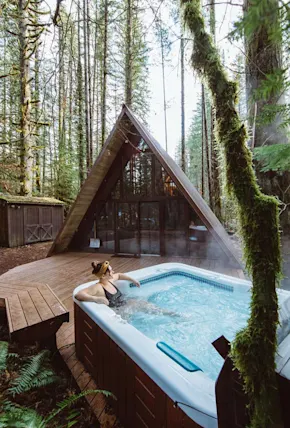Here at Field Mag, we love a good A-Frame house. The triangular structure lends itself well to the remote locations where we find peace. The wooden frame and cozy interior create a natural space easy to feel at home in. Whether pre-surf, post-hike, or après ski, the A-Frame is easily paired with daydream-worthy moments.
But to truly appreciate something, you have to understand at least a little bit of its history (right?). So, to pay our respect we set out to take a look at the origin of the A-Frame and its history as one of the most sought-after weekend destinations for design-enthusiasts, peace-seekers, and outdoorists from all walks of life.
While for any average Instagram-scrolling, nature-enthusiast human of today an A-Frame may conjure up images of a remote getaway in the woods or along the coast, the A-Frame home is by no means native to American weekenders. Long before A-Frames became popular vacation rentals in the United States the all-roof-no-wall architectural style was widely used globally—and still is today—from the traditional Japanese farmhouses of Shirakawa-go, Japan to Maori meeting houses (marae) to the rural outbuildings and ski chalets of Switzerland, and so on. In these areas, the A-Frame was born of practicality and symbolism—allowing heavy snowfalls to slide off pitched roofs, providing attic space for storage, or in the case of some marae, personifications of tribal ancestors.















